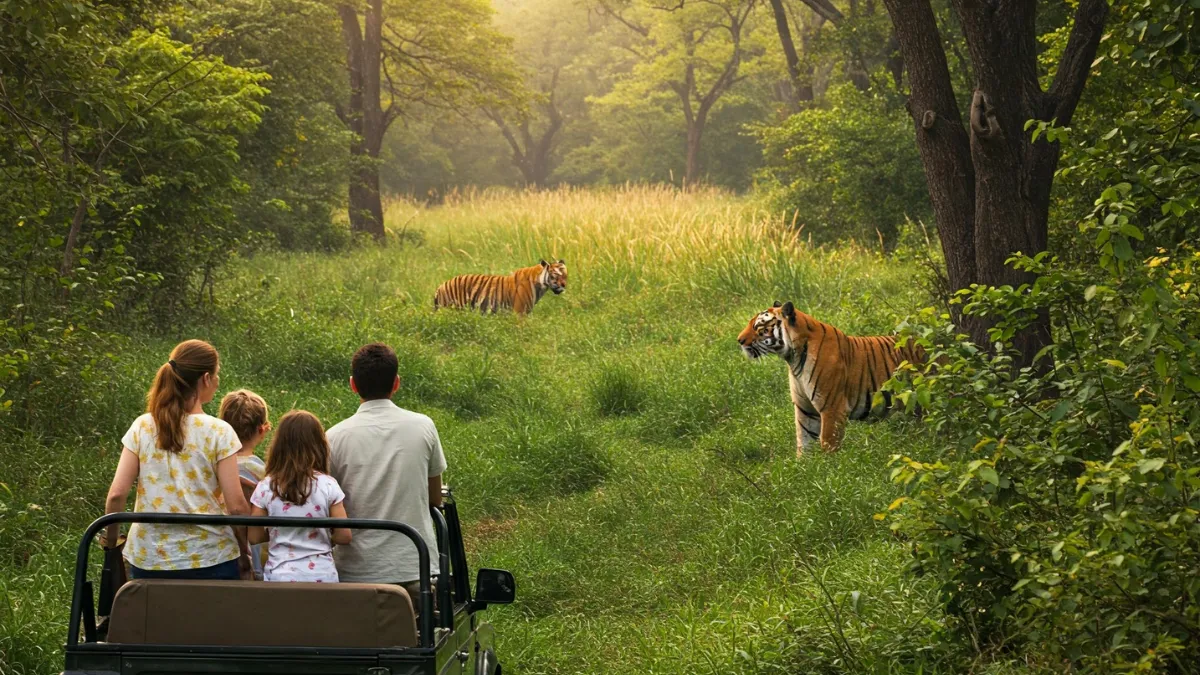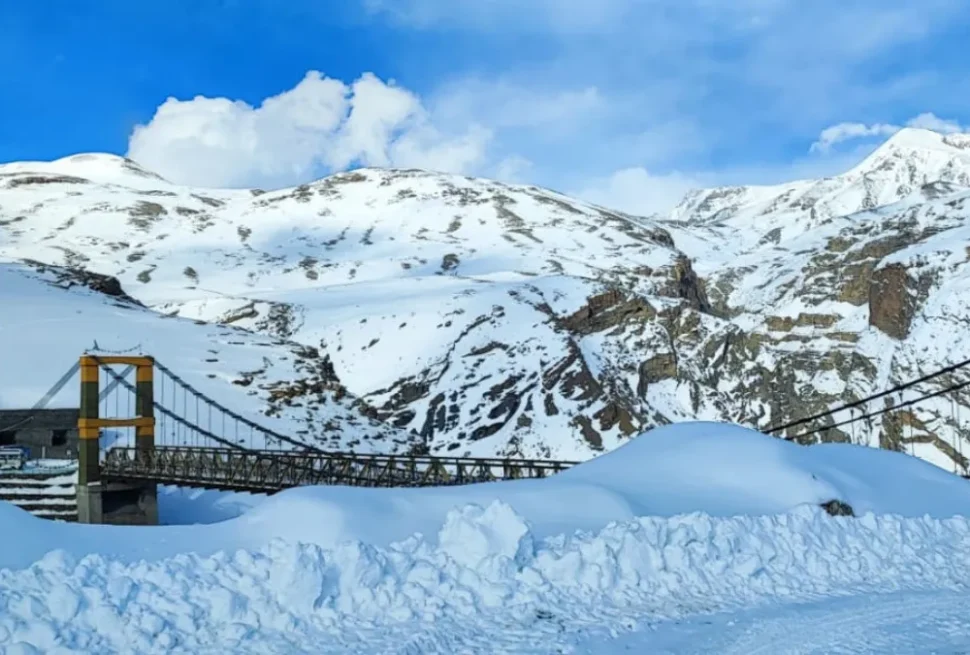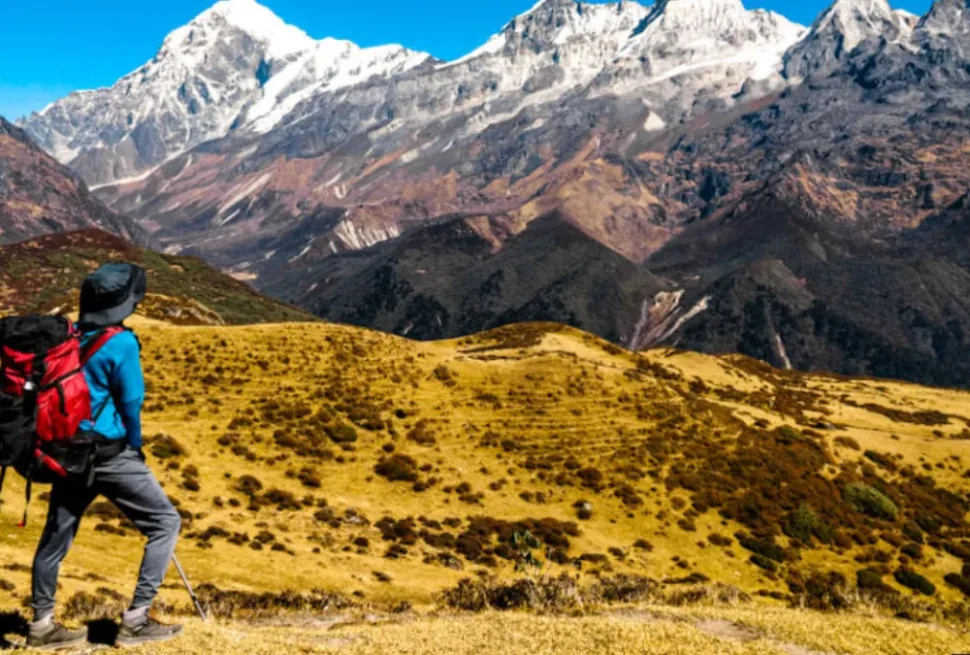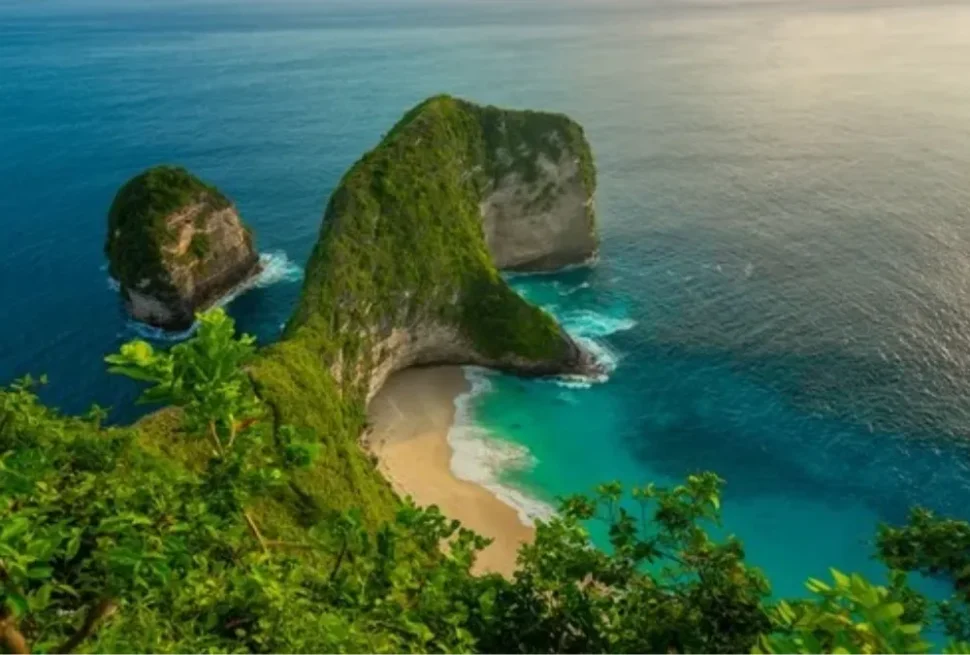Into the Wild lies a world where nature remains untamed, raw, and breathtaking. Wildlife destinations around the globe offer not only the thrill of seeing majestic creatures in their natural habitats but also awaken a deeper appreciation for the balance and beauty of the ecosystems they call home. Whether you’re following lion tracks on the African savannah, hearing howler monkeys in the Amazon rainforest, or spotting elusive snow leopards in the Himalayas, the experience is always humbling.
Africa: The Cradle of Wildlife
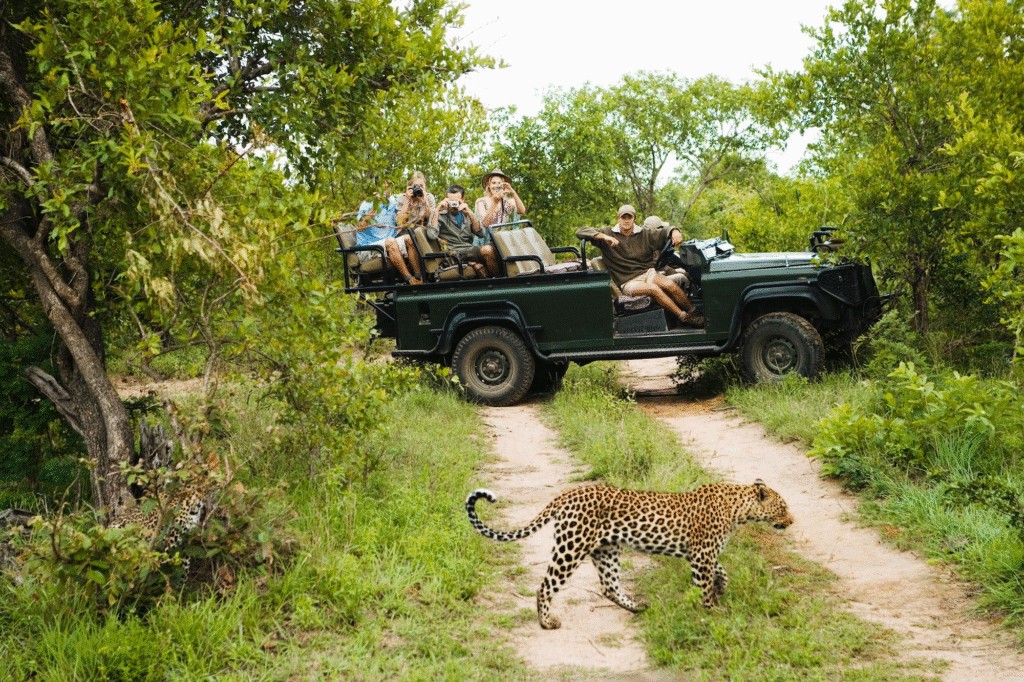
Into the Wild, Africa tops the list for wildlife enthusiasts, thanks to iconic destinations like the Serengeti in Tanzania, Maasai Mara in Kenya, and Kruger National Park in South Africa. Here, the Big Five (lion, leopard, elephant, rhino, and buffalo) roam freely. A sunrise game drive across golden plains as giraffes silhouette against the horizon is unforgettable.
Each region offers unique biodiversity:
- Botswana’s Okavango Delta, a lush water-based safari experience, is home to hippos, crocodiles, and countless bird species.
- Namibia’s Etosha National Park showcases arid beauty with salt pans and waterholes attracting black rhinos and oryx.
- Uganda and Rwanda offer intimate gorilla trekking experiences in mist-covered mountain forests.
Asia: Hidden Wildlife Treasures
Asia may surprise many with its wildlife offerings.
- India, with over 100 national parks, is famed for Bengal tigers in Ranthambore and Sundarbans, elephants in Periyar, and leopards in Jawai.
- Sri Lanka’s Yala National Park boasts a high density of leopards.
- Indonesia’s Komodo National Park allows travelers to witness the world’s largest lizard, the Komodo dragon, in the wild.
Further east, Borneo and Sumatra are havens for orangutans, gibbons, and clouded leopards.
The Americas: From Rainforests to Rockies
North and South America are equally vibrant with wildlife.
- The Amazon Rainforest, stretching across nine countries, is a biodiversity powerhouse. Think jaguars, macaws, poison dart frogs, and pink river dolphins.
- Costa Rica leads in eco-tourism, offering sloth sightings in cloud forests and toucans above volcanic trails.
- In the United States, Yellowstone National Park is a prime spot for bison, elk, bears, and wolves.
- Canada dazzles with grizzly bears in British Columbia and polar bears in Manitoba.
Europe: Subtle and Surprising
Though often overlooked, Europe harbors unique wildlife:
- Scotland’s Highlands have red deer, golden eagles, and wildcats.
- Romania’s Carpathian Mountains are a stronghold for brown bears.
- Norway offers orca-watching and reindeer sightings in Lapland.
Conservation efforts across Europe have revived wolf and lynx populations in regions like Spain and Germany.
Australia and Oceania: Down Under Diversity
Australia is synonymous with unique species found nowhere else:
- Kangaroos, koalas, and wombats greet travelers across national parks.
- Tasmania is known for the endangered Tasmanian devil.
- In New Zealand, visitors might see kiwi birds, fur seals, and even the rare Hector’s dolphin.
Oceania’s islands also offer marine wildlife like sea turtles and vibrant coral reef ecosystems teeming with colorful fish.
Ethical Wildlife Travel
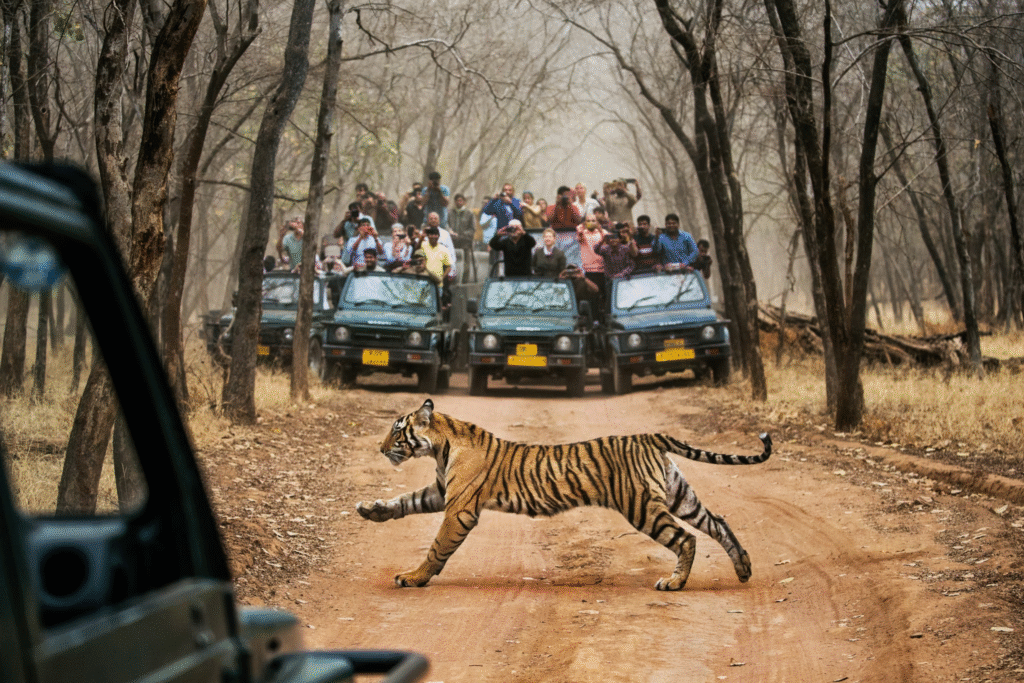
Wildlife tourism must always prioritize ethical and sustainable practices:
- Choose sanctuaries and national parks that focus on conservation.
- Avoid animal performances or selfies that exploit creatures.
- Travel with companies certified for responsible wildlife tours.
Every encounter should contribute to preservation, not destruction.
Best Times to Travel
- Africa: Dry seasons (June to October) for clearer views of animals near water sources.
- India: October to March for tiger reserves.
- Amazon & Costa Rica: Dry season (May to October).
- Australia: Varies by region, but spring (September-November) is ideal.
Essential Tips
- Bring binoculars and a quality camera with a zoom lens.
- Wear neutral-colored clothing to blend into the environment.
- Stay quiet and respectful; avoid startling the animals.
- Hire experienced guides who respect wildlife.
- Learn a bit about the animals you hope to see—knowledge deepens the experience.
FAQs
Q1: Is wildlife tourism safe?
Yes, when guided by professionals and park rangers, it is safe and thrilling.
Q2: What is the best safari destination?
Serengeti (Tanzania) and Maasai Mara (Kenya) are globally renowned.
Q3: Can I see snow leopards in the wild?
Yes, in regions like Spiti Valley (India) or Ladakh, but sightings are rare and require effort.
Q4: Are jungle lodges environmentally friendly?
Many now operate sustainably, but always check their eco-credentials.
Q5: What should I pack for a wildlife trip?
Essentials include insect repellent, reusable water bottles, sunblock, camera gear, and light layers.
Q6: Can kids go on wildlife trips?
Absolutely, but choose destinations with shorter travel times and family-friendly lodges.
Q7: Are night safaris worth it?
Yes! Many nocturnal animals are best spotted after sunset.
Also Read: Misty Roads and Rainy Strolls: Adventures in Monsoon Paradise
Conclusion
Into the Wild is more than just travel—it’s a soulful connection with the planet’s ancient rhythms and raw beauty. From the mighty roar of a lion to the gentle glide of a dolphin, wildlife travel rekindles our respect for Earth and all its inhabitants. With every trip into the wild, we return a little wiser, a bit more grounded, and filled with awe.

